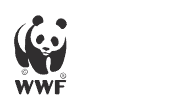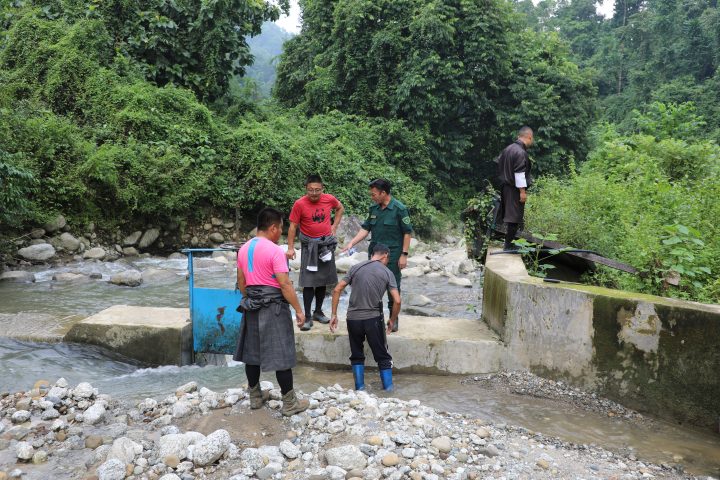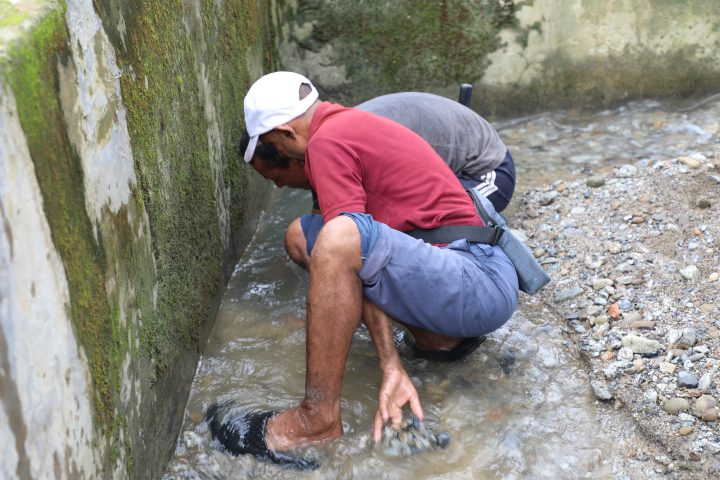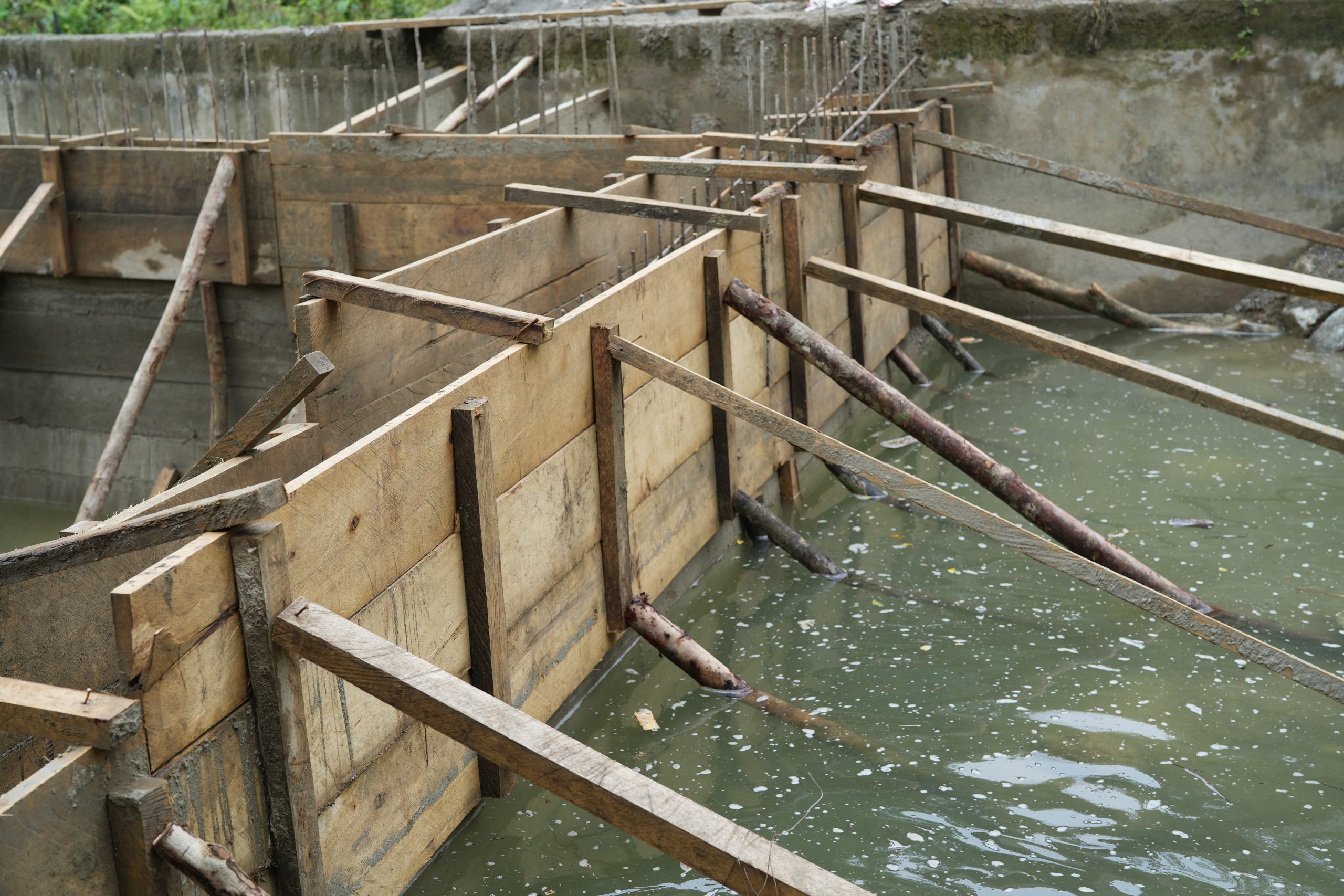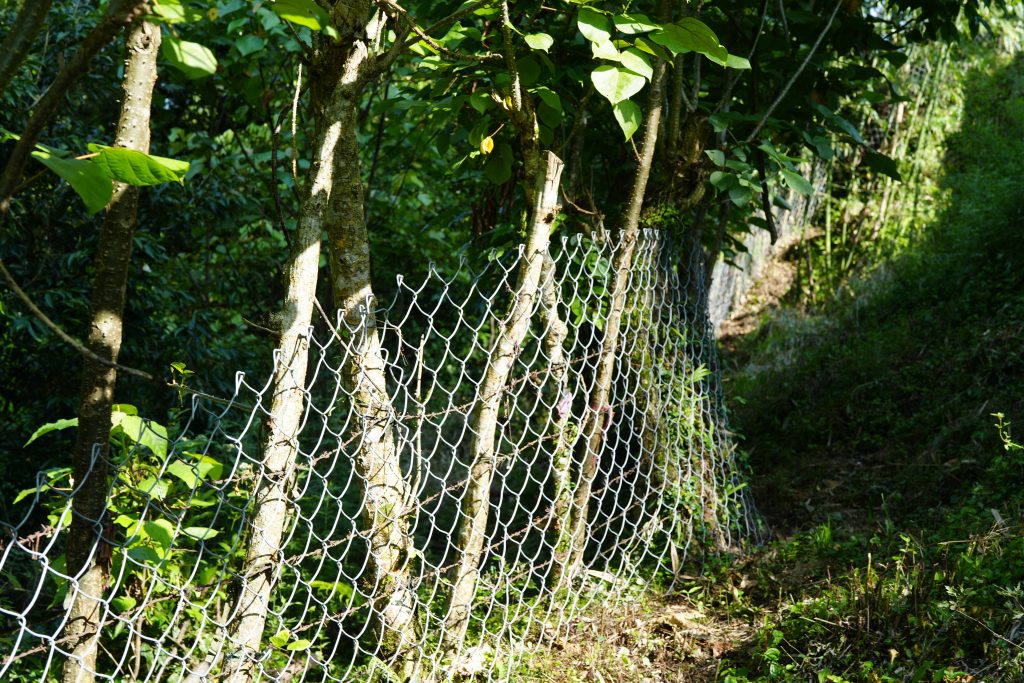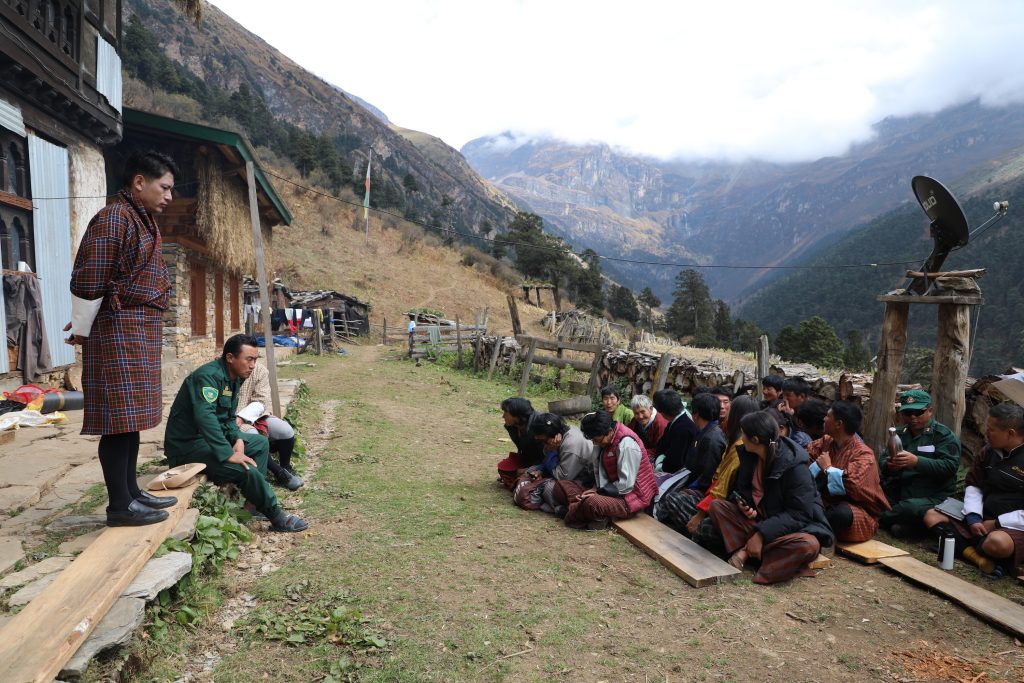Purpose
Improve the water supply for agriculture-dependent communities in Jomotsangkha Wildlife Sanctuary by restoring and reinforcing existing water infrastructure.
Climate Impacts
The following impacts were reported by community members in Jomotsangkha Wildlife Sanctuary:
• Decreased availability of freshwater leading to water shortages
• Increased flooding from more severe monsoons
• Loss of crops due to water scarcity and decreased rainfall
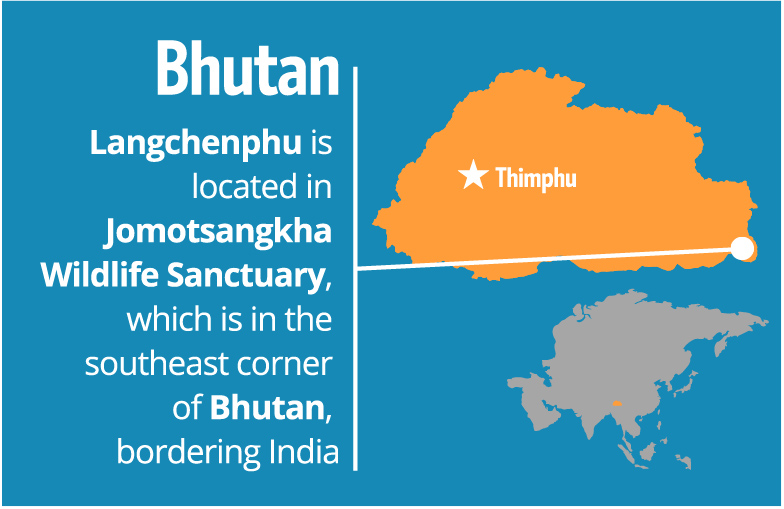
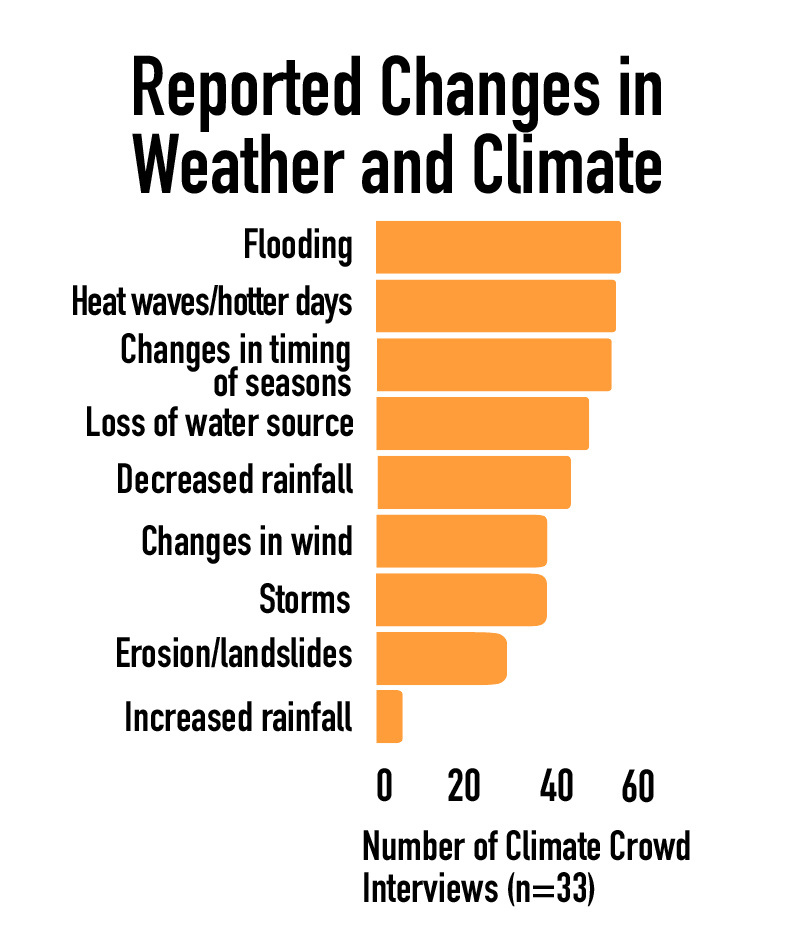
Activities
Debris excavation
The existing water collection dam/tank, which feeds the water pipelines and an irrigation canal, was cleared up to remove debris from heavy monsoons.
Filtration tank construction
A new water filtration tank with three chambers was constructed at the existing water collection tank to prevent sedimentation and to protect intake pipelines from getting inundated with debris during monsoons. Construction was done by community contractors.
Wall reinforcement
Reinforced concrete walls were constructed around the inlet of the dam to prevent debris-buildup during heavy rainfall and allow water to flow from the inlet into the pipes and canal.
Corrective measurements
Corrective measures were constructed in the water collection tank by contracting local community members, with the technical oversight of the district engineer, local leaders, the chief forestry officer from Jomotsangkha Wildlife Sanctuary, and WWF-Bhutan.
project outcomes
project design
Langchenphu, located in Jomotsangkha Wildlife Sanctuary, experiences a sub-tropical climate characterized by hot, humid summers with heavy rainfall, and cool, dry winters. A majority of the population consists of subsistence farmers who rely on livestock, agriculture, and non-wood forest products for their livelihood. Currently, Langchenphu faces a severe water shortage, an issue highlighted in various media reports, which impacts agriculture and other sources of the community’s livelihood.
In response to the water shortages, the government constructed a 5.3 km mainline of high-density polyethylene (HDPE) pipes, 1.3 km of distribution lines, and 1.2 km of open irrigation canals to supply water to three villages in Langchenphu —Dawathang, Langchenphu Toed, and Langchenphu Maed—from a water collection dam. However, during the monsoon seasons, the intake structure in the dam became inundated with debris from river flooding, halting water flow into the system. Additionally, the source water is insufficient during the dry season.
To resolve these challenges, the existing water supply infrastructure was restored and reinforced by removing all the debris from the dam and water inlet and constructing a filtration tank and concrete walls to prevent debris accumulation. The filtration tank features three chambers made of concrete, sand, thermo-mechanically treated rebars, and stone. These materials are resistant against corrosion and strong flood waters.
This intervention aims to ensure a reliable and sustained water supply for the three villages, benefiting 136 households with 450 acres of agricultural land. Furthermore, the project will extend its benefits to an additional 80 households outside the village area, including civil servants and other employees. In total, the improved water supply serves 216 households and 799 individuals.
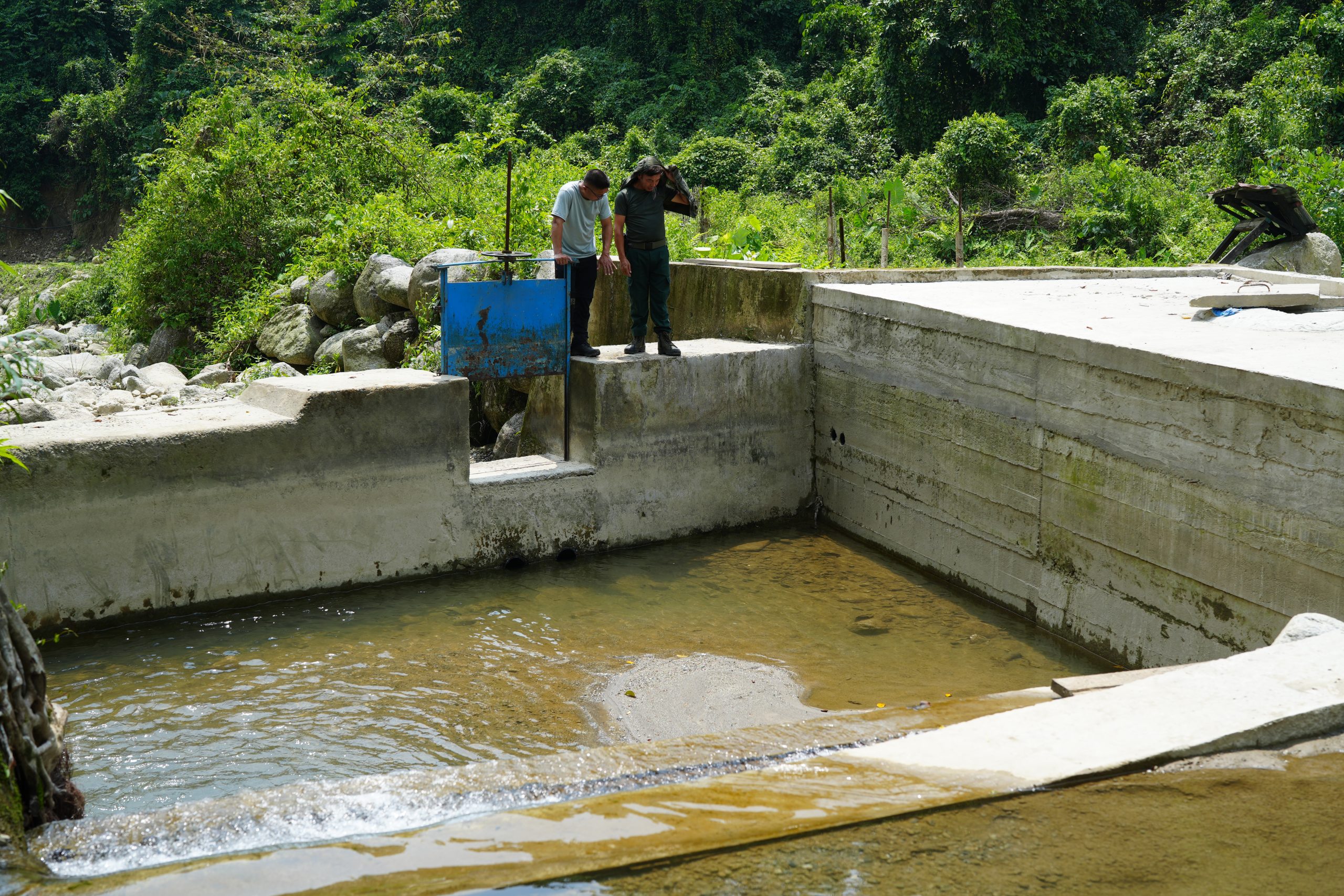
New water filtration infrastructure
Image credits: WWF-Bhutan; Sonam Dagay/WWF-Bhutan

